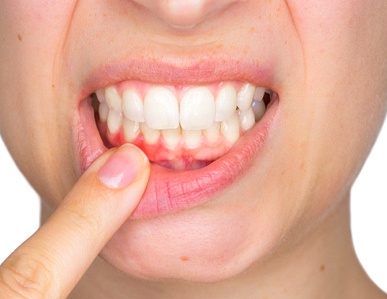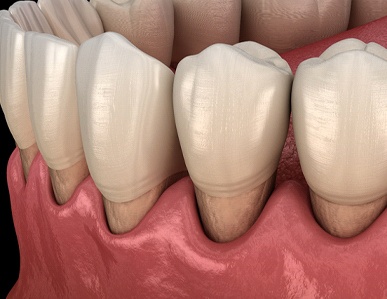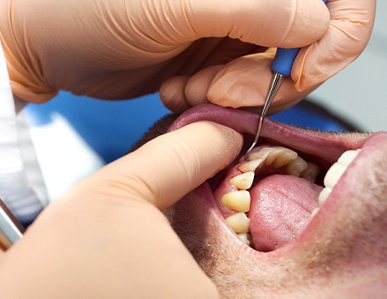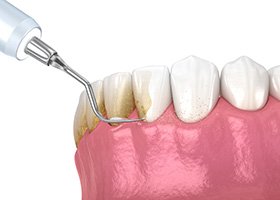
Are your gums swollen and red? Do they bleed when you brush or floss? These common symptoms are closely associated with periodontal disease, also known as gum disease. Plaguing the smiles of millions of Americans, most individuals do not realize they have a problem until it has progressed beyond gingivitis. At Hill Avenue Dental, our team offers gum disease treatment in Superior to help patients who are suffering from receding, inflamed, and tender soft tissues. This beneficial process allows for the healing of gum tissue while effectively stopping the progression of the infection, which can result in bone and tooth loss as well as other, more serious health-related conditions. To find out if you should receive gum disease treatment, contact our office today.

Periodontal disease, which is also known as gum disease, is a common dental problem that occurs when bacteria attack the soft oral tissues surrounding the teeth and causes inflammation to damage the gums and eventually, the bone. What can begin as gingivitis, which is the first phase of gum disease and can be reversed, can quickly escalate to periodontitis, which is a more advanced form of the disease. At this stage, the bone becomes damaged, and you will likely develop gum pockets.
The longer you go without necessary treatment, the greater your risk for inflammation and infection to enter into your bloodstream and cause problems throughout the body, not to mention the potential for bone and tooth loss.

The most common symptoms associated with gum disease include:
As we mentioned earlier, if the initial stage of gingivitis progresses to periodontitis, you could be at risk for various health problems, such as diabetes, stroke, heart attack, and even neurological conditions like dementia or Alzheimer’s.

When it comes to periodontal therapy, there are many great benefits, such as:

Our team at Hill Avenue Dental offers periodontal therapy in the form of scaling and root planing. Although the symptoms cannot be reversed, this unique solution can treat the problem and prevent it from worsening over time. It is important to note that as a periodontal patient, you will likely need to see us more often. Instead of every six months, we may require that you come in every 3-4 months instead.
Completed in two stages, scaling requires that we remove any plaque and tartar from above and below the gum line. This will mean we will clean deep within the gum pocket to ensure all harmful bacteria is removed. Next, we will begin the root planing process by smoothing out the tooth root, allowing the tissue to reattach to the tooth and make it harder for plaque and bacteria to build underneath the gums.
This type of “deep cleaning” procedure will leave you feeling better about your oral health, but you will need to improve your at-home oral hygiene routine to ensure you are maintaining healthier teeth and gums in-between appointments.

The mildest form of gum disease, gingivitis, can potentially be reversed by brushing and flossing more thoroughly at home. However, if it progresses beyond the early stages, you may need professional intervention to stop it before it gets worse. Scaling and root planing can be used to clear the infection at its source and encourage healthy gum tissue growth.
Continue reading below to learn more about what to expect from this treatment, and feel free to contact us for more information.

Our team is unable to make an official treatment recommendation until Dr. Clark examines your dental condition. Then, he can suggest appropriate solutions based on his findings. You might need scaling and root planing if:

This procedure typically occurs over two different appointments, which are described in more detail below:

Although this treatment can halt gum disease in its tracks, it can be intensive. You may have some increased sensitivity, aches, and inflammation that occurs as a natural part of the healing process over the next few weeks. It’s important to care for yourself properly while you recover. Some helpful tips are: